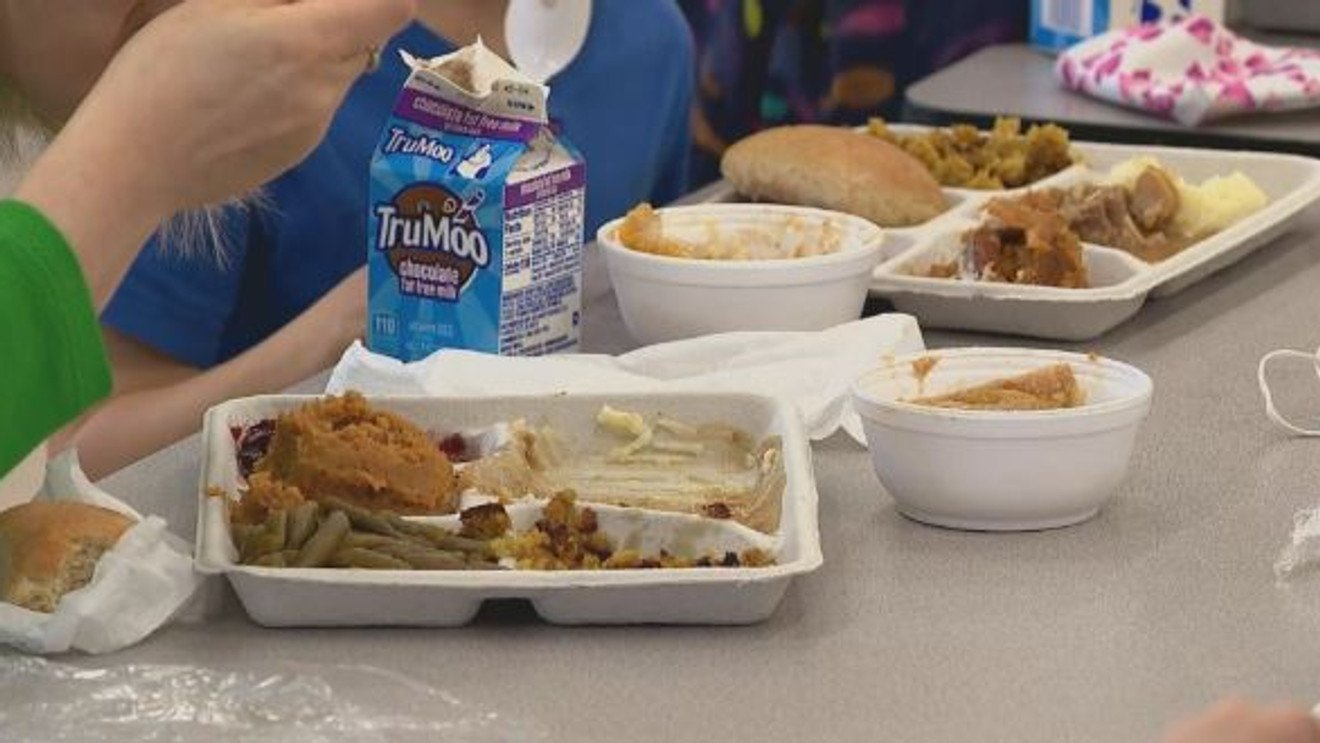
Inadequate school lunch portions fail to meet students' caloric needs
Claire Anderson
“I’m hungry,” is commonly heard at all hours of the school day, even after lunch. The average high schooler eats between 1,600 and 2,400 calories per day, and more if involved in sports or other high-calorie-burning activities. According to Proline Range Hood, which is a kitchen appliances company, a person should eat approximately 500-700 calories per meal. The main meal here at HHS averages about 400 calories. This is at least 100 calories under the recommended amount. The school lunch portions should be larger.
Students could always just buy an extra side to get more calories, but not everyone can afford to pay more. "Most girls stop growing taller by age 14 or 15. In contrast, after their early teenage growth spurt, boys continue gaining height at a gradual pace until around 18,” states Parents.com in their article “When Do Boys Stop Growing?” This relates to the topic of school lunch because growing kids need more calorie intake. High school students are normally between the ages of 13-18 years old, which is the growth age according to the quote above. These students should have the option to consume more calories while at school without spending more money.
Although some people believe it’s not up to the school to feed the kids, some students don’t have other options. Hudsonville may be dominantly middle to upper class, but that is still an average. Certain students don’t have access to more nutritious foods at home. Having a small lunch portion is unfair to those students.
Another reason students should have larger portions of school lunches is because many students are involved in sports. According to Ertheo Education Agency: “Most high-school players practice for three hours a day which means they could be burning up to 2000 extra calories.” Sports practices are often right after school so athletes don’t get much time to eat a snack and digest it. It is unfair to these students to be expected to perform their best with not enough calories ingested. Overall, schools should provide bigger lunch portions.
